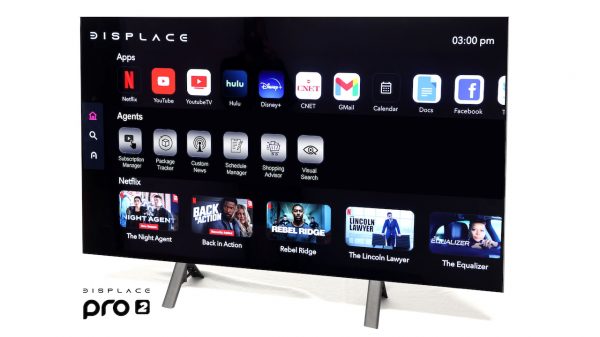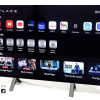New Study Shows HD Consumers Demand More HD Programming
The Consumer Electronics Association (CEA) predicts 16 million high-definition televisions (HDTV) will sell in 2007 bringing the total number of HDTVs sold in the U.S. to 52.5 million. Thirty percent of U.S. households now have an HDTV, likely rising to 36 percent by the end of this year. Among these HDTV households, almost a third own more than one high-definition set, proving the booming nature of this market.
A new CEA study, HDTV: You Have the Set, But Do You Have the Content?, found that 44 percent of HDTV owners receive HD programming. The main reasons consumers stated for not receiving the programming was that it was too expensive or they were not interested. Yet, while there is some confusion among HD owners as to whether they are receiving HD programming, the vast majority of owners understand what programming they receive and do not receive. CEA maintains a website, http://www.AntennaWeb.org, that provides consumers information for receiving free, over-the-air HD programming.
The study revealed one of the primary reasons consumers are buying HDTVs is not to watch television programming but rather to improve their movie and gaming experience. Currently, the most prevalent device connected to an HDTV not receiving HD programming is a DVD player. Nearly 40 percent of these consumer households also connect surround sound and video game systems to their HDTV.
“Consumers are satisfied overall with HDTV,” said CEA Director of Research Joe Bates. “But our studies indicate continued education is necessary to ensure consumers truly understand how to receive the full HD experience.”
Sixty-six percent of owners who receive HD programming get their programming through a cable company. Of the remaining households receiving HD programming, 27 percent are satellite, 8 percent are over-the-air, 3 percent fiber optic service and 3 percent from the Internet. This profile mirrors the U.S. television reception profile, indicating that HD content is not resulting in a migration to or from any one television-programming provider.
“As we have seen for years, consumers still demand more HD content,” continued Bates. “Currently, more than 50 percent of HD households show some interest in upgrading their HD subscription package to include more HD channels.”
CEA’s HDTV: You Have the Set, But Do You Have the Content? (June 2007) was designed and formulated by CEA Market Research, the most comprehensive source of sales data, forecasts, consumer research and historical trends for the consumer electronics industry. The study was administered via telephone interview to a random national sample of 2,508 U.S. adults between April 10 and 24, 2007. Please cite any information to the Consumer Electronics Association (CEA). The complete study is available free to CEA member companies. Non-members may purchase the studies for $599 at http://www.ebrain.org.
About CEA:
The Consumer Electronics Association (CEA) is the preeminent trade association promoting growth in the consumer technology industry through technology policy, events, research, promotion and the fostering of business and strategic relationships. CEA represents more than 2,100 corporate members involved in the design, development, manufacturing, distribution and integration of audio, video, mobile electronics, wireless and landline communications, information technology, digital imaging, home networking, multimedia and accessory products, as well as related services that are sold through consumer channels. Combined, CEA’s members account for more than $140 billion in annual sales. CEA’s resources are available online at http://www.CE.org, the definitive source for information about the consumer electronics industry.
CEA also sponsors and manages the International CES – Defining Tomorrow’s Technology. All profits from CES are reinvested into industry services, including technical training and education, industry promotion, engineering standards development, market research and legislative advocacy.
























